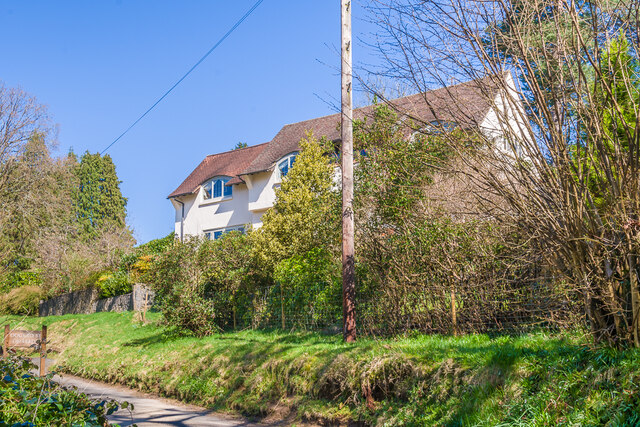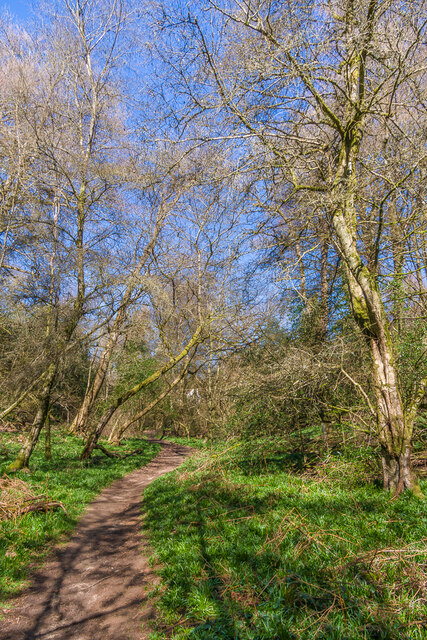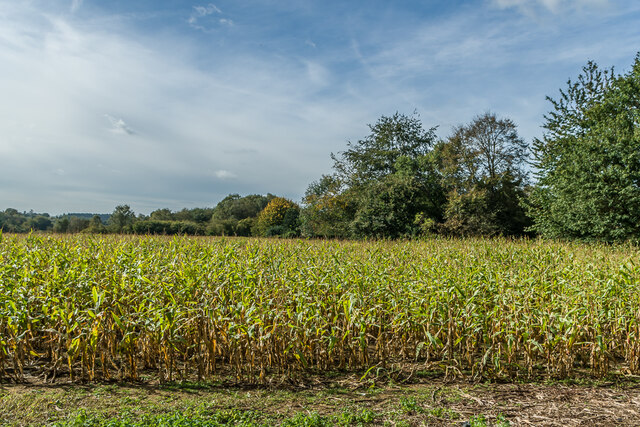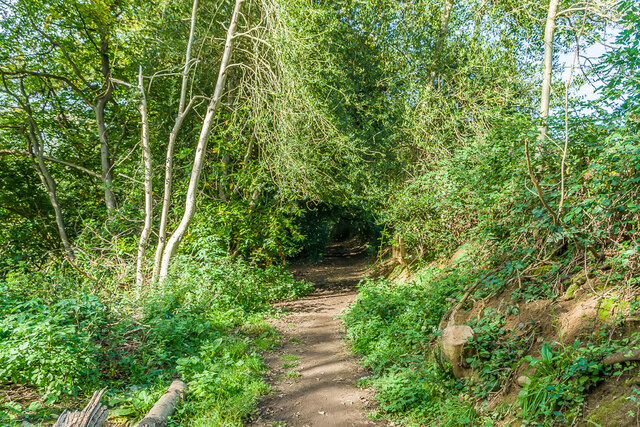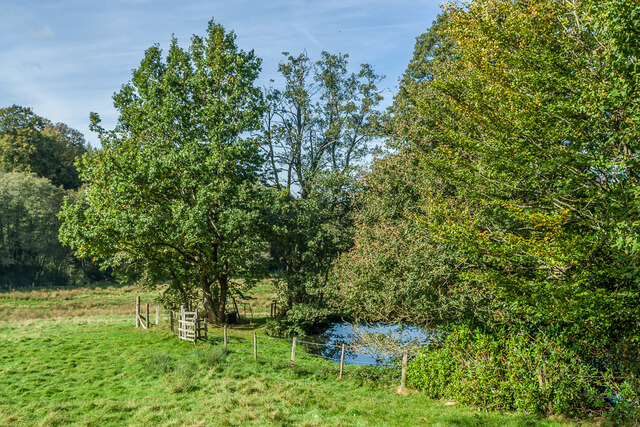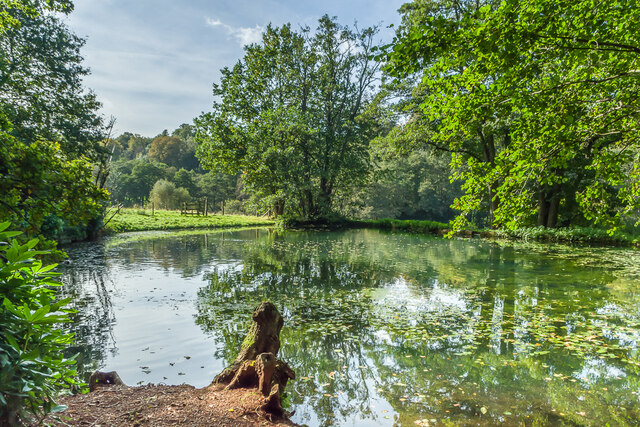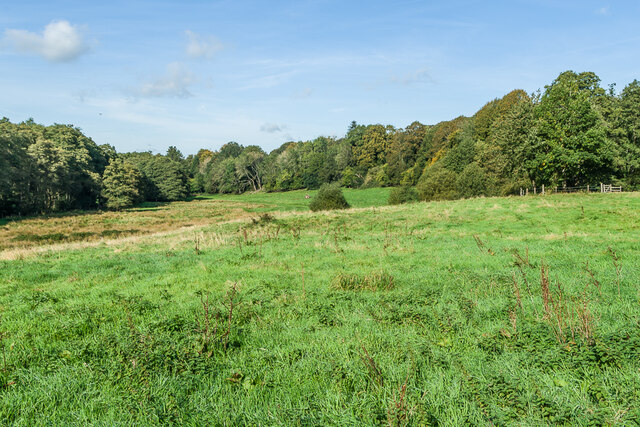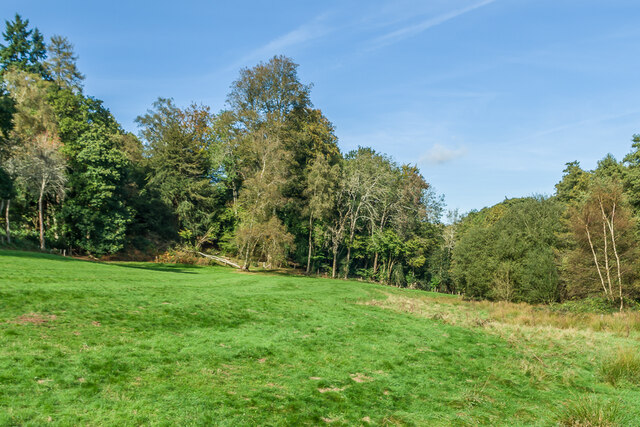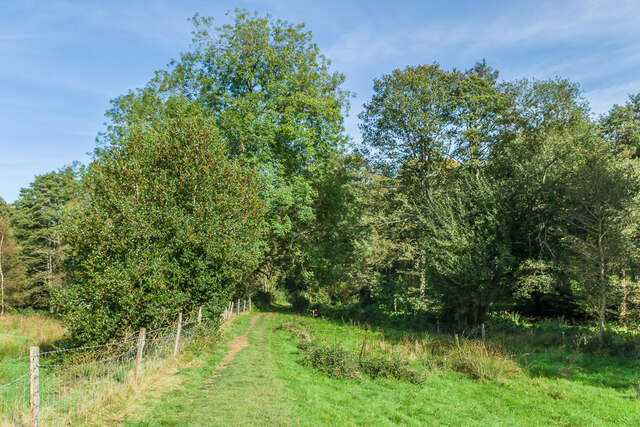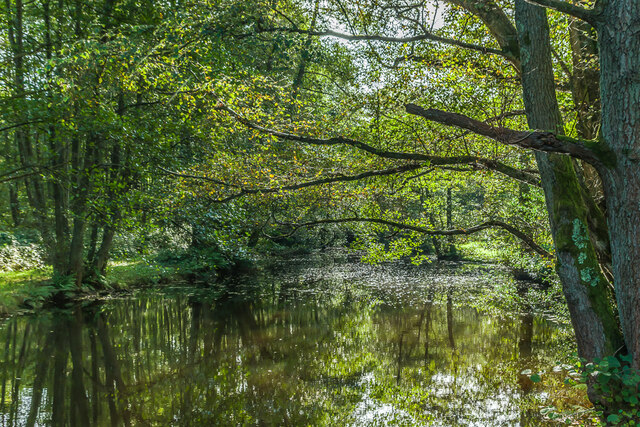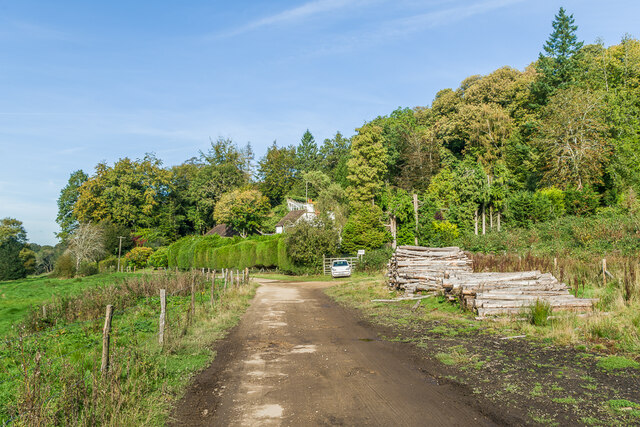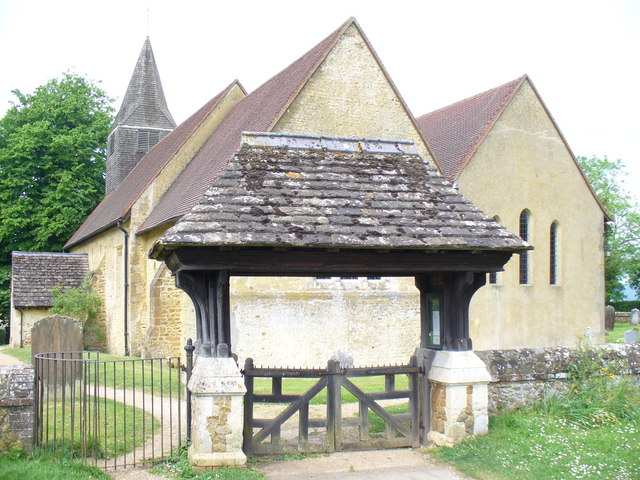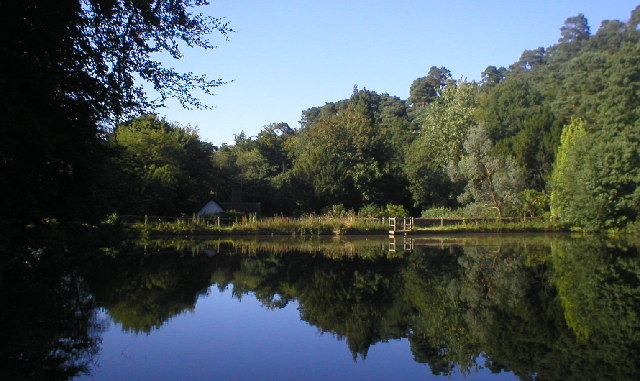Abinger Common
Settlement in Surrey Mole Valley
England
Abinger Common
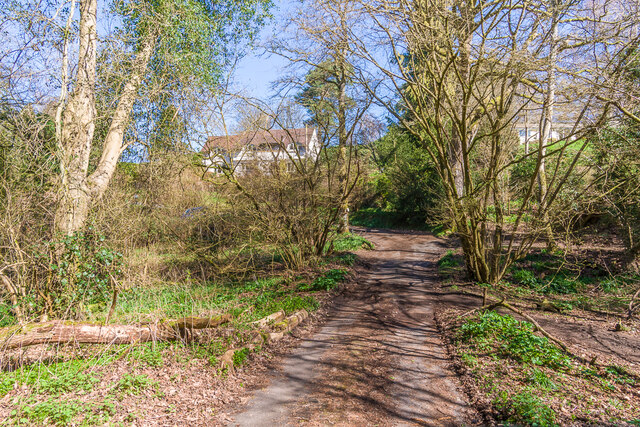
Abinger Common is a picturesque village located in the county of Surrey, England. Situated within the Surrey Hills Area of Outstanding Natural Beauty, it is surrounded by stunning countryside and offers a tranquil and idyllic setting for residents and visitors alike.
The village is located approximately 7 miles southeast of Guildford and is part of the larger civil parish of Abinger. It is renowned for its charming character, with a number of historic cottages and buildings dating back to the 16th century. The village green, known as Abinger Green, is a focal point and has been the heart of community life for centuries.
Abinger Common is blessed with an abundance of natural beauty. The area is characterized by rolling hills, woodlands, and open fields, making it a popular destination for outdoor enthusiasts. There are numerous footpaths and bridleways that crisscross the surrounding countryside, providing ample opportunities for walking, cycling, and horse riding.
The village is home to St. James Church, a beautiful and historic place of worship that dates back to the 12th century. The church is a prominent feature of the village and adds to its overall charm.
In terms of amenities, Abinger Common has a local pub, The Abinger Hatch, which offers a warm and welcoming atmosphere for residents and visitors to enjoy. There are also a few small businesses and shops in the village, providing convenience for the local community.
Overall, Abinger Common is a delightful village that offers a peaceful and scenic retreat within the stunning Surrey countryside. It is a place where history, natural beauty, and community spirit come together to create a truly special destination.
If you have any feedback on the listing, please let us know in the comments section below.
Abinger Common Images
Images are sourced within 2km of 51.200795/-0.401886 or Grid Reference TQ1145. Thanks to Geograph Open Source API. All images are credited.
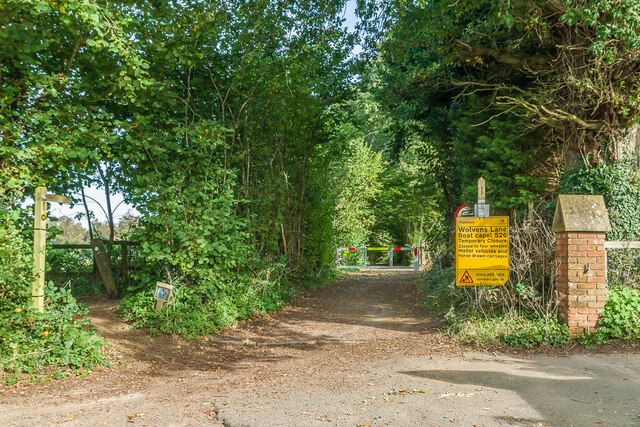
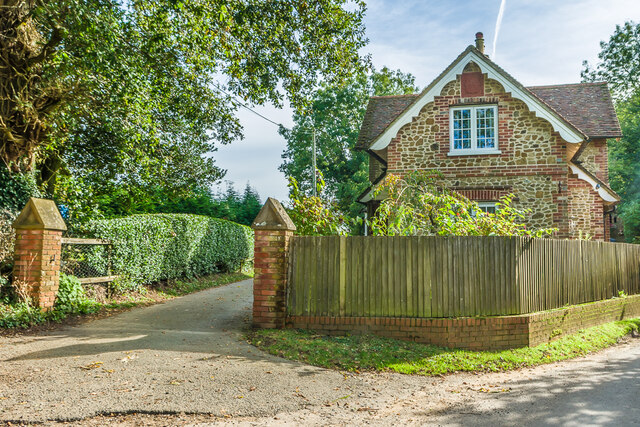
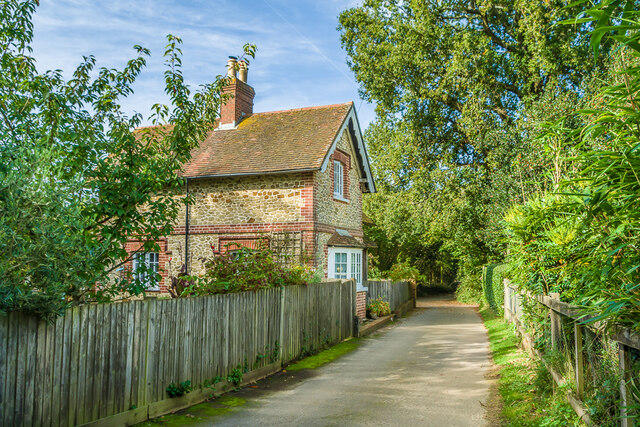
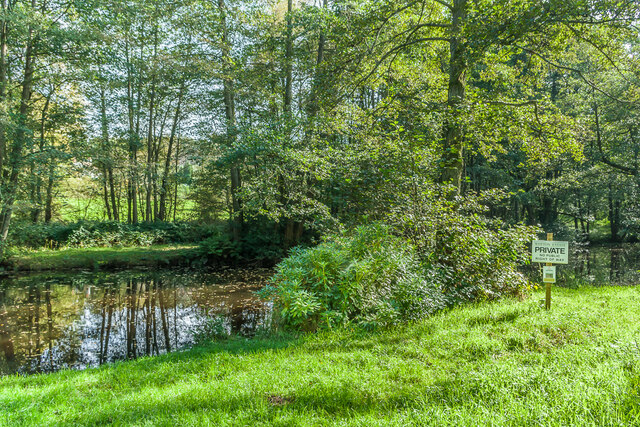
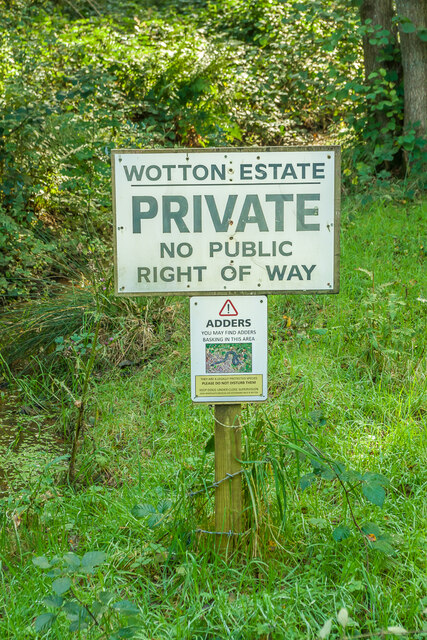
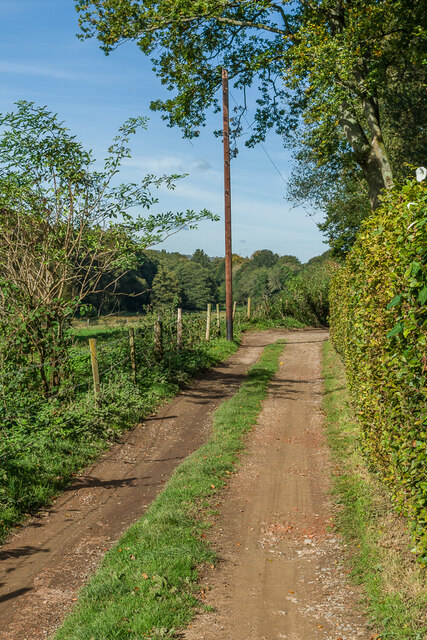
Abinger Common is located at Grid Ref: TQ1145 (Lat: 51.200795, Lng: -0.401886)
Administrative County: Surrey
District: Mole Valley
Police Authority: Surrey
What 3 Words
///hers.salon.lowest. Near Peaslake, Surrey
Nearby Locations
Related Wikis
Abinger Common War Memorial
Abinger Common War Memorial is a First World War memorial in the village of Abinger Common in Surrey, south-eastern England. The memorial was destroyed...
St James's Church, Abinger Common
St James's Church stands on Abinger Lane in Abinger Common, a small village within the civil parish of Abinger in Surrey, south-eastern England. The church...
Goddards
Goddards is a Grade II*-listed house in Abinger Common, Surrey, England. It was designed by Edwin Lutyens in 1898–1900 in the ideals of the Arts and Crafts...
Abinger
Abinger is a large, well-wooded and mostly rural civil parish that lies between the settlements of Dorking, Shere and Ewhurst in the district of Mole Valley...
Woodhouse Copse, Holmbury St Mary
Woodhouse Copse is an Arts and Crafts style house in the village of Holmbury St Mary, Surrey, England. It is a Grade II listed building, with gardens originally...
Friday Street
Friday Street is a hamlet on the gentle lower north slope of Leith Hill in Surrey, England. It is in a wooded headwater ravine, just to the south of Wotton...
Wotton House, Surrey
Wotton House is a hotel, wedding venue, conference centre and former country house in Wotton near Dorking, Surrey, England. Originally the centre of the...
Belmont School, Surrey
Belmont is an independent co-educational school in Surrey which takes pupils from the ages of 3 to 16. The school is a charitable trust, administered...
Nearby Amenities
Located within 500m of 51.200795,-0.401886Have you been to Abinger Common?
Leave your review of Abinger Common below (or comments, questions and feedback).
